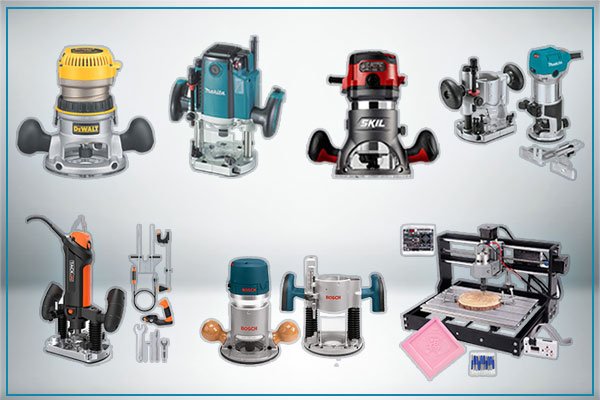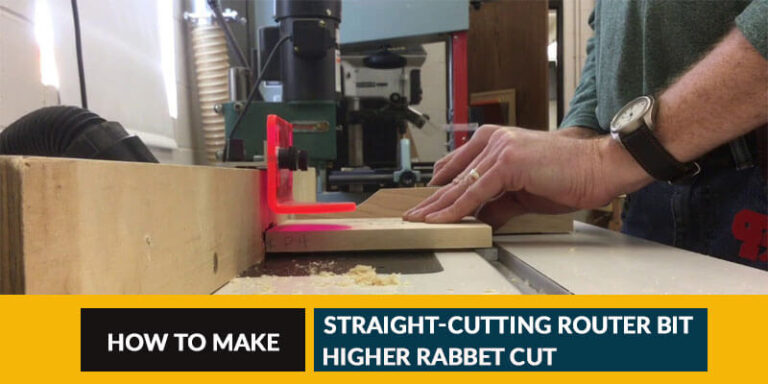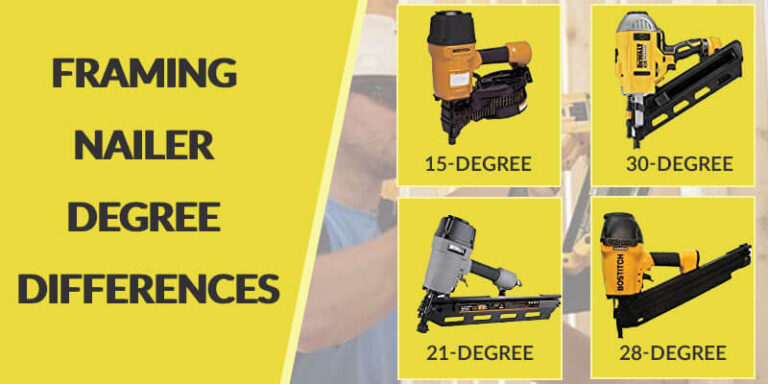Table Saw Basics: Step By Step Handy Guideline For Beginners
Table saw is one of the popular woodcutters in the world. But when you are going to use this equipment for the first time as a beginner, you need to know the table saw basics. So you need a table saw guideline for beginners for starting your woodworking journey.
Are you facing trouble when cutting woods with a table saw?
When we are beginners, we may face a problem when we want to cut wood accurately with the saw. Surprisingly, this material makes your job too easy if you know the easiest technique to cut with it. For this reason, you need to find a complete and useful step by step table saw guideline, and this article can be the ultimate suggestion for you!
What Is Table Saw?
Before learning the table saw basics, first, you should know the ins and outs of it.
We need a table saw to create a straight and accurate cut safely on woods with the desired angle we want and it is the most powerful versatile tool I have ever seen in my life.
It creates most accurate, fine cuts in any wooden surface and makes precision far better than any other tool. Containing a circular saw inside a cast iron table mounted upside down.
I was scared when I saw the table saw for the first time. It looks really scary but useful too. I think you also feel that because we mainly see this woodcutter in horror movies.
Parts Of A Table Saw
There are mainly 9 parts of a table saw. Tabletop, Throat plate, Blade, Height adjustment wheel, Fence, Fence dog, blade angle lever, and power button.
Let’s discuss the parts:-
Tabletop
Tabletop is the main part of this saw. It can be portable or not portable and usually arrives with many sections. The Center section is connected directly to the table’s base. Tabletop must be a dead flat surface and smooth. You can find two extension wings on both sides of the center section.
Throat Plate
Throat plate is a removable element. It is a removable insert that allows access inside of it, to the blade. There is a slot for the blade on it, which is the most important part.
It makes the spade pop up. As much as possible the slot has to be close to the blade. This plate helps to swap blades.
Blade
The blade is an essential part of the wood cutting table saw. Without blades, you will be unable to cut any woods. In a saw, you will get two blades. There is a variation in the blades.
It installs a shaft that stretches from the motor which is known as an arbor. The engine is positioned on two brackets.
They are called trunnions. Those are fitted either on the table’s bottom or directly on the cabinet’s base.
Height Adjustment Wheel
Sometimes you have to adjust the height of the blade. There is a pair of wheels which helps to adjust the height of the blades. You will find the wheels under the table.
If you rotate the wheels in one direction, the height of the blades will rise. On the other hand, if you rotate them in the opposite direction, the height will be lower than the previous height.
Base
The base is completely near to the opening portion. The important fact of the base is, whatever the size of your saw, the more enclosed the base is the better it will collect dust.
Fence
The fence is another important part. Most of the saw comes with a good quality fence. It has a safe locking system. You can find some types of adjustments on it too. The adjustments will ensure that the fence is parallel to the blades.
It is used to keep a constant distance from the blades during a rip cut. There is a ruler between the fence and the blade to maintain the proper distance.
Fence Dog
This is the level where the fence is locked. Pull this hand to the fence to shift. Press it down to lock it in position.
Angle Adjustment Lever
The angle adjustment lever helps to make different angled cuts. It is also known as a meter gauge. The indicator is placed on the front of the saw.
Power Button
This is the hinged push-pull button. It is the hinged push-pull button. Pulling out at the bottom of the machine tends to turn the machine on. Pressing the button to the machine can turn it off.
Table Saw Basics: Step by Step Guideline To Make An Accurate Cut
After knowing about the parts of this woodworking saw, let’s discuss the step by step guideline to create a fine and accurate cut:-
Step-1: Setting Blade Height
First, you should decide the height of the blade. Set the edge slightly higher than the top of the equipment that needs to be cut. Set it approximately ⅛ inch from the top.
This is done for your safety.
Step 2: Make A Crosscut
There are three kinds of cuts you can make with a table saw. Crosscut, Dado cut, and ripping gash. First, create a crosscut.
Crosscut generally creates through a miter gauge or sled. This type of cut frequently cuts across grain surfaces, but it can be a cut across a narrower direction too. You should consider some matters when you are going to make a crosscut:-
- Install the miter gauge in the left miter slot. But for lefty people, I advise installing it in the right slot.
- Place the blade square of the miter gauge. The measurement must be correct.
- Precisely put miter gauge squares on the edge.
- Purchase a 45 degree angled drafting triangle. Place one side of the triangle against the blade and move the pressure gauge to the other side.
- Choosing a straight 1×3 or 1×2 board for an extension fence of a minimum of Twelve inches high.
- Create an appropriate square split.
- Create 45-degree miter cuts accurately.
- Cut longboard (over 4 feet) with support as it is hard to cut longboard.
- Conduct cross-cuts on a dense volume.
Step 3: Fence Adjustment
If you want to make an accurate cut, use a fence with proper adjustment. It gives you a specific lengthwise cut. The fence should be on the blade’s side that you are handling. Utilizing a rip fence to tear the surfaces. Split through narrower boards lengthwise. It’s an integral part of every kind of saw. The fence looks like a metal bar running parallel to the saw edge. Remember one thing that when you are working with a rip fence, your workpiece will always go against the wall.
So, please use a push stick. It protects you from any injury. Place the push sticks / push block where you’re going to be able to grab them during most of the cut. Sometimes, the fence does not stay entirely square to the table usually. After taking both measurements, lock the fence for safety purposes then read the width. After that, place one hand on top of the fence. So that you can hold it in place with the other firmly snug down the lever.
Notes: Remember that when using the rip fence, always keep your eye on the fence, not the blade. When making cuts, ensure that the work piece and the fence are in close touch with one another.
Step 4: Changing The Blades And Inserts
Some table saws have many types of blades and inserts. If you have an Arch Reactor, it has three types of blades and three types of inserts. Three types of inserts are- standard insert, zero clearance insert, and final insert. Different inserts work for performing different cuts.
The standard insert is used for crosscut and ripping cut, while the zero clearance insert works for vertical crosscut and ripping cut. Lastly, The final insert is intended to be operated with the dado blades. It makes trenching cuts only.
Step By Step Guide: How To Sharpen a Table Saw Blade?
Step 5: Making The Cuts On Wood Board
- When you start to make a cut, draw a mark with a pencil on the board according to the measurement. I suggest you not use both a miter gauge or sled and fence at the same time on a wooden board.
- You should slowly advance the board through and past the blade.
- Don’t try to give Excessive force toward the fence. It will cause an inaccurate cut. It is also dangerous for you.
- After cutting, remove loose wood and shut down the machine.
Final Word
This is all about my table saw basics, step by step guidelines for beginners. I have tried to present the direction to you in the most comfortable way possible.
Here, you can learn about parts of a table saw too. I hope that our table saw guidelines for beginners will be helpful to you when you are going to make your first cut with a table saw.

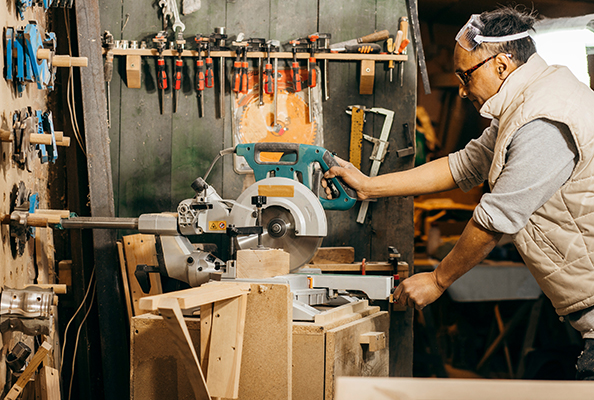
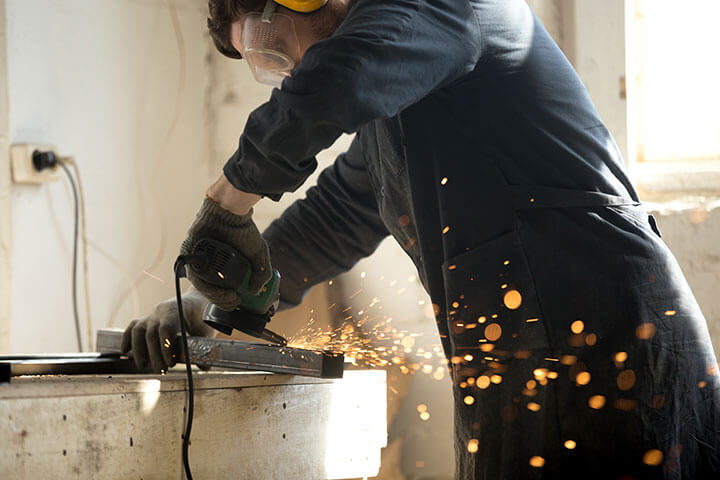
![How To Sharpen a Table Saw Blade? [Step By Step Guideline]](https://woodworkingarena.com/wp-content/uploads/2021/03/How-To-Sharpen-a-Table-Saw-Blade.jpg)
